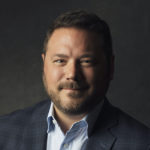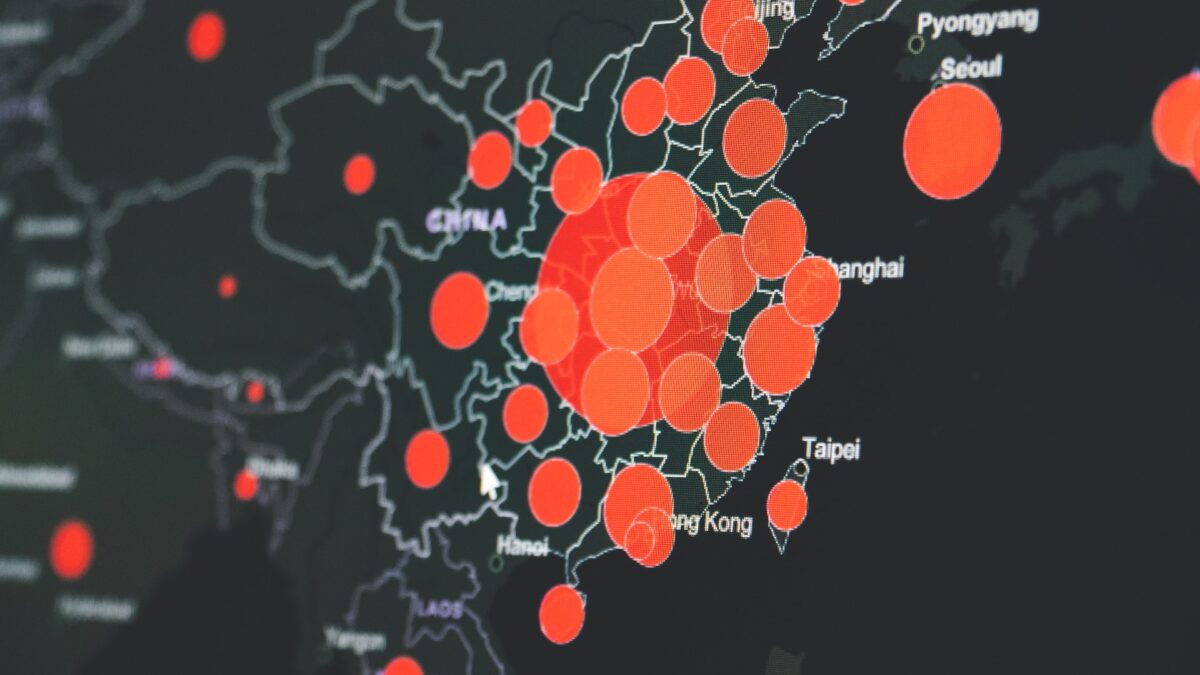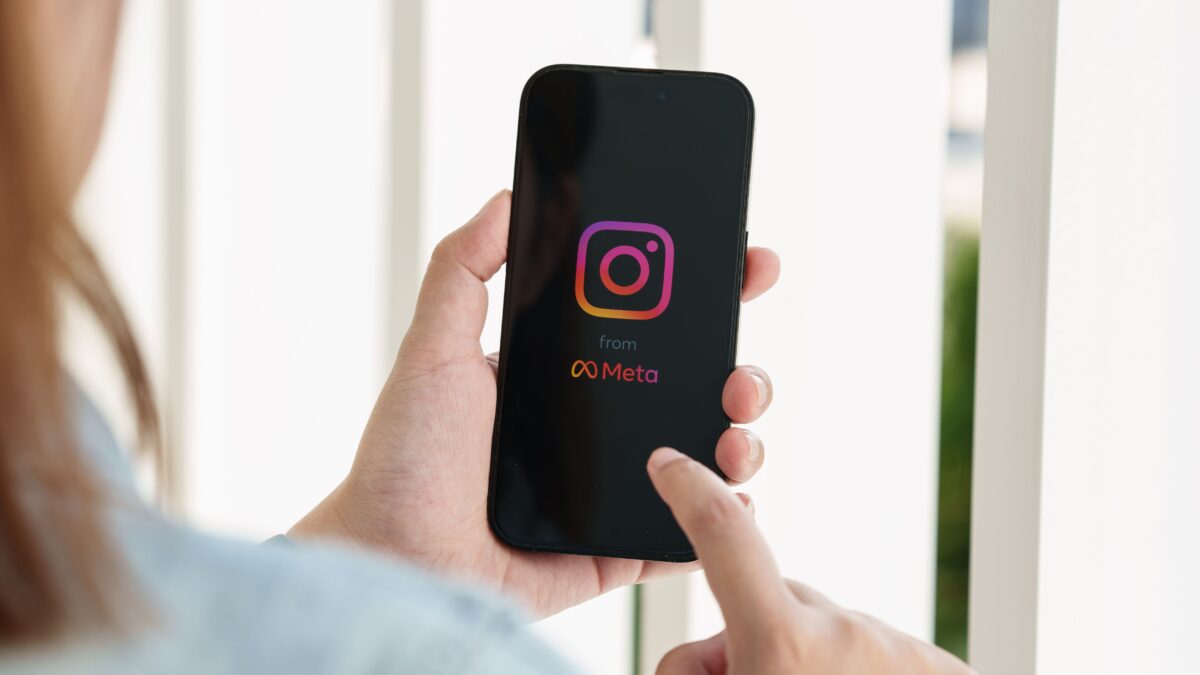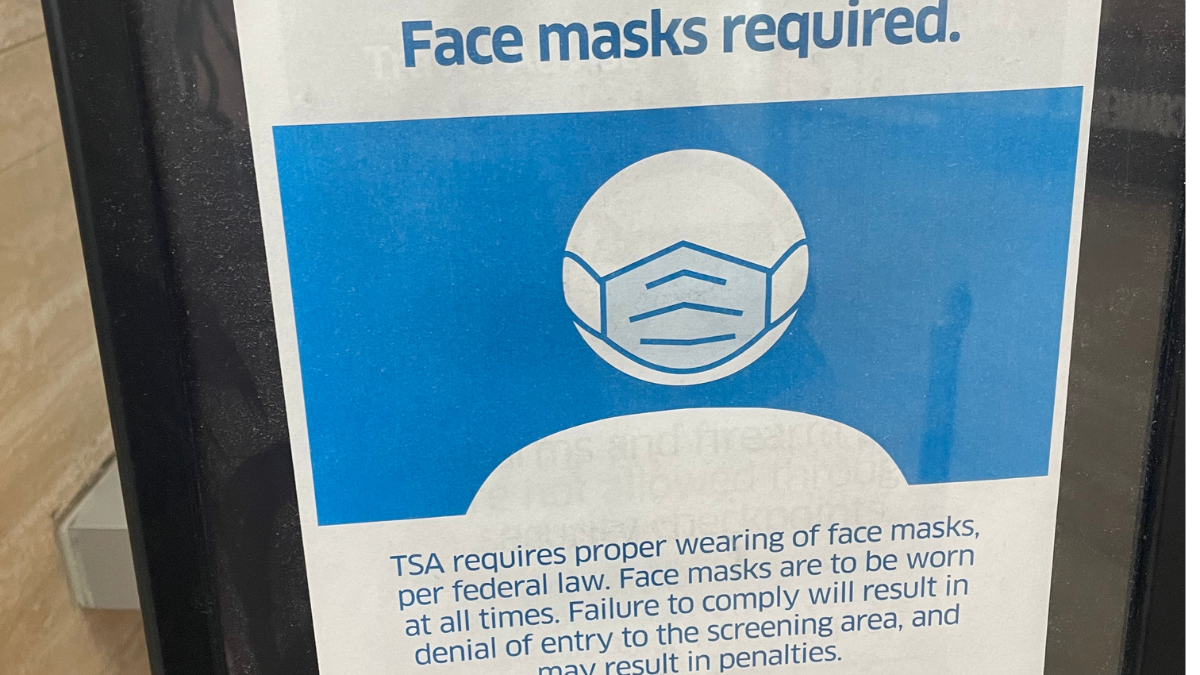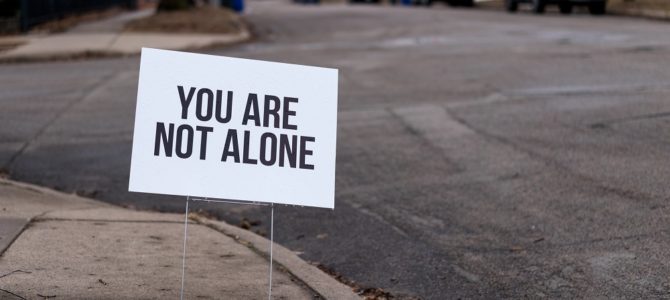
Our leadership class responded to the outbreak of the coronavirus by shutting down the economy on a nationwide scale. While this will mitigate the loss of life the virus might otherwise have caused, it’s clear we’re also confronting a challenge no medical innovation can cure. We face an unprecedented situation — not a global pandemic, we’ve seen those before, but a modern capitalist economy that turned itself off for potentially more than 60 days, on purpose.
Uncertainty crushes hope. So the question on the minds of our leaders should be: how do we give citizens more confidence that we can, and will, turn the economy back on?
While this shutdown has already done enormous damage, it is the uncertainty about how it will reopen that could prove far more destructive in the long run. And the knee-jerk reaction from a jittery Congress in the form of multi-trillion-dollar bailouts could create a number of disincentives for many people to go back to work.
For all the scary headlines coming out of New York City, most of what we know at this moment regarding the coronavirus, as it relates to public health, is better than expected. We know that while highly infectious, our hospital systems seem to be responding better than initially thought. The shutdowns have been abided by, for the most part. Most Americans are doing a good job of distancing, behaving responsibly, and staying off the roads (with some exceptions).
so we're just going to be in quarantine forever huh pic.twitter.com/loykFYkNRD
— internet santa baby (@kirkpate) March 30, 2020
Thanks to that, deaths are lagging far behind the dire predictions of the expert and media class. At this pace, 2.2 million Americans are not going to die from this pandemic, the headline-grabbing figure advanced by the Imperial College UK, which assumed no changes in behavior or policy.
The White House projects 100,000 to 240,000 deaths, even with sustained social distancing. The University of Washington’s Institute for Health Metrics and Education, which projects around 82,000 deaths assuming social distancing lasts through May, looks far more realistic given current reporting. Let us hope even those predictions turn out to be on the high end.
In the meantime, what we do know for a fact is that 3.3 million Americans filed for unemployment last week, the biggest jump in history (beating a jump of 695,000 in 1982), a number that is only going to continue to grow. This is thanks to an unprecedented and purposeful shutdown of the economy on a national scale, and driven by those who insisted anything less than a national shutdown would be disastrous.
Instead of Uncertainty, Americans Need Clarity
As in so many cases, our leaders in both parties across the country will assure us afterwards that everything they did — the shutdowns, the bailouts, the restrictions, the seizures of power, House Speaker Nancy Pelosi’s SALT tax break for millionaires — was absolutely necessary, that the cost of so many jobs and livelihoods was absolutely essential in order to save so many lives.
How much you believe that is up to you. But for now, the real tax on everyone’s nerves is uncertainty. Americans are uncertain about the danger of this disease for their family and loved ones, they’re uncertain whether the hospital will be able to take care of them even if they don’t have the coronavirus, they’re uncertain about whether they’ll have a livelihood to go back to once the government lets them out of their homes, or whether their kids will ever go back to school. They’re even uncertain whether they should wear a mask.
What Americans need is the same thing our health care sector needs: clarity.
That’s why our leaders in government need to be working right now to set clear benchmarks and milestones for reopening the American economy.
Setting those benchmarks isn’t easy, but two new roadmaps for reopening have been put forward: one by Ezekiel Emanuel at the University of Pennsylvania, and Scott Gottlieb along with others from the American Enterprise Institute.
The key aspect of the AEI report is the suggestion that counties or states pay attention not to the virus as a national entity, but to the situation of the virus on the ground, in their local communities, as they move through phases of reopening.
That’s easier said than done. In this climate, any politician or businessman who wants to step up and say “we have to get back to work or risk far more long-term damage” is putting his head in the media’s guillotine. But this is exactly the moment when we should expect more from our local officials than being led around by national cable news.
Indefinite Shutdowns Protect Politicians at Americans’ Expense
So instead of that clarity, giving workers confidence there is a path back from all this, we have politicians threatening indefinite shutdowns of the economy, meandering yes/no shutdowns of schools, and, in the case of New York City Mayor Bill de Blasio, threatening permanent shutdowns of religious buildings. They are taking steps that strike citizens as arbitrary, and more about defending the interests of our leaders than establishing a clear path back from this immediate downturn.
On March 30, Virginia Gov. Ralph Northam illustrated the political dynamics of the moment in announcing, without warning, that no one should leave his house for any non-essential reason until June 10, beginning immediately.
A stay at home order is issued for Virginians by @GovernorVA effective today, following similar action in Maryland. Residents should not leave their homes unless it’s for essential purposes. The order is place until June 10, 2020.
— NBC4 Washington (@nbcwashington) March 30, 2020
Northam may be operating under the idea that the specificity of the date offers us an illusion that he knows what he’s doing. But this is just another example of political positioning where a politicians attempt to out-do each other to prove how serious they are. These orders apply everywhere in the Commonwealth, setting a Class 1 Misdemeanor whether you’re in rural or urban areas, even though everything we know about this virus thus far tells us that density is the major factor in its spread.
As foolish as it is to confuse Wall Street with the economy, it’s even more idiotic to confuse New York City for the rest of the country — a mistake far too many in our media and leadership class continue to make. Even a populous city like Los Angeles is far less hard hit than New York City and other more condensed cities, bulging at their ribs with people. In other communities, the worst outbreaks are often found in nursing homes and elder care facilities.
The City-Country Divide Re-emerges
This creates a divide between those who think the apocalypse is around the corner and those who are far more afraid of what this will do to their jobs and their children’s future. As Dave Wasserman has been tracking the past few weeks, we are facing a gulf between urban and more suburban/rural experiences, where the percentage of deadly coronavirus cases is still quite low.
Update: in the past three days, the #COVID19 U.S. death toll has doubled, but Trump-won counties' share of all deaths has actually *fallen* from 19% to 17% as toll in NY, NJ & Detroit has surged, per JHU data.
Trump-won counties make up 45% of the U.S. population.
— Dave Wasserman (@Redistrict) March 29, 2020
According to The Tax Foundation, the top five states in terms of percentage increase in unemployment insurance claims are:
New Hampshire: 3,308% increase
Maine: 3,243% increase
Louisiana: 3,120% increase
Rhode Island: 3,098% increase
Minnesota: 2,804% increase
Of these, only Louisiana currently has a serious outbreak of the coronavirus, and as lockdowns continue to spread, frustration with government will only grow in rural and suburban counties across the country. In suburbs and small towns across the country, they fear their Main Street will die because of trends and decisions far away.
America’s upper class will be fine. Their jobs can in large part be done remotely, and most will still be there in months. But for many in the middle and working classes across the country, there is no guarantee that their places of employment will be there. When Macy’s furloughs 130,000 workers, it is a direct consequence of our government shutting down access to its consumers within a consumer-driven economy. When small businesses can’t plan, loans do them little good.
Andrew Cuomo’s Idea Is a Good Start
Some officials are inching toward a clearer approach. New York Gov. Andrew Cuomo last week sounded this note of optimism that younger people, those who’ve recovered, and those who aren’t high risk due to age or other health issues can get back to work soon:
‘The smartest way forward is a modified public health strategy that dovetails and complements a get-back-to-work strategy,’ Cuomo said on Thursday. ‘Younger people can go back to work, people who’ve resolved can go back to work, people who can get this antibody tests — show they have had the virus and resolved — can go back to work. … It’s not we’re either going to do public health or we’re going to do economic development. We’re going to do both. We have to do both.’
There’s no timeline on the plan, which Cuomo has dubbed ‘NY Forward.’ The governor has picked two of his former secretaries: Bill Mulrow, a Blackstone executive, and Steve Cohen, an executive at billionaire Ronald Perelman’s holding company, to craft the plan. The two did not return multiple request for comment.
The governor’s office did not respond to questions about health risks to young people or what public health experts Mulrow and Cohen may consult.
‘Cuomo has cited David Katz, a physician and founder of the Yale-Griffin Prevention Research Center, who wrote a column for the New York Times making the case for a stratification of risk rather than a broad, economy-wide lockdown…
‘What we did was we closed everything down … all business, all workers, old people, young people, tall people, short people,’ Cuomo said. ‘Young people then quarantined with older people, [which] was probably not the best public health strategy because the young people could’ve been exposing the older people to an infection.’
Cuomo’s approach is a good start, but the pathway he mentions is essential. It needs to appear as soon as possible.
Political leaders can’t afford to adopt the Northam approach. Leadership in a crisis isn’t picking a random far-off date and hoping it will benefit you politically to work backwards as the media coverage allows. It is outlining a responsible path based on what we know about the trends for the virus on a state level for people and businesses going forward, distinguishing between the recommendations for those who are high risk and those who are not, and the way we treat outbreaks in densely populated areas versus others.
Working Parents Can’t Homeschool Indefinitely
Parents and students are in particular need of clarity as they plan for the fall, totally uncertain whether schools and universities will reopen — if ever. State leaders must give parents confidence their children will be able to go back to school. This conversation is dominating discussions among parents across the country as they become aware of expert predictions regarding a fall comeback for the virus.
Even under the most egregious suppression steps, Imperial College researchers still estimated a much worse spike in the fall, one school openings would exacerbate: “Once interventions are relaxed (in the example in Figure 3, from September onwards), infections begin to rise, resulting in a predicted larger peak epidemic later in the year: The more successful a strategy is at temporary suppression, the larger the later epidemic is predicted to be in the absence of vaccination, due to lesser build-up of herd immunity.”
Then again, as Ronald Dworkin notes, the Brit researchers didn’t even bother to distinguish between the way our respective countries treat summer school, so perhaps that should be taken with a grain of salt. Dworkin offers extensive suggestions on potential alternatives here, but it cannot be underestimated how much clarity about schools matters to parents.
The outcome of nationwide fall school shutdown would be disastrous: working parents will lose jobs to non-parents, and of those who do go to work, many will leave their younger children at home with older, more vulnerable adults — the exact opposite of a responsible aim at containing the virus.
Ignore the Media, Pay Attention to America
What makes this such an unprecedented moment is that we are doing this to ourselves. The virus is not turning off the economy — we are turning it off to get ahead of the virus. But a modern capitalist economy cannot afford to turn itself off for 60 days or more at the whims of politicians more afraid of getting criticized by the national media than actually responding to the situation on the ground.
American citizens have shown themselves absolutely willing to accept a 14-day home quarantine after exposure and case isolation, businesses and schools and universities have closed, and depending on your community people are practicing social distancing to different degrees. But the idea that they’re going to keep this up indefinitely is ludicrous, and will ultimately lead to tests of authoritarian limits on their way of life.
That is, unless they are given a clear idea of a path forward by leaders in the public and private sector who chart our way back from potential economic ruin.
That’s why our leaders — elected and unelected — need to offer citizens clarity on what to expect. Putting up graphs of expected curves isn’t enough. The importance of building a pathway to a target date cannot be understated. That is the solution-oriented framework our economy needs, one which recognizes we are not a one-size-fits-all country for public health, economic concerns, or risk factors, but 50 states bound together, facing distinct and different challenges.
We must recognize the specific threats, needs, and vulnerabilities of each community and the differences between them. We must be able to care for the sick and protect the vulnerable without killing our economy. And we must give citizens confidence that as we get past the worst of this pandemic, the economy will reopen and rise toward a level that allows Americans to continue to work and thrive as a nation of free people.
